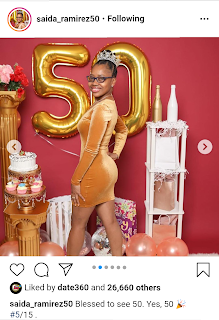LETS TREAT ALL WITH FAIRNESS AND EQUITY FOR BEST PERFORMANCE .
In 1963, -John Stacey Adams introduced the idea that fairness and equity .are key components of a motivated individual. Equity theory is based in the idea that individuals are motivated by fairness, and if they identify inequities in the input or output ratios of themselves and their referent group, they will seek to adjust their input to reach their perceived equity. Adams suggested that the higher an individual's perception of equity, the more motivated they will be and vice versa: if someone perceives an unfair environment, they will be de-motivated.
The easiest way to see the equity theory at work, and probably the most common way it does impact employees/artists/actors, is when colleagues compare the work they do to someone else that gets paid more than them. Equity theory is at play anytime employees say things like, 'John gets paid a lot more than me, but doesn't do nearly as much work,' or 'I get paid a lot less than Jane, but this place couldn't operate without me!' In each of those situations, someone is comparing their own effort-to-compensation ratio to someone else's and is losing motivation in the process
The easiest way to see the equity theory at work, and probably the most common way it does impact employees/artists/actors, is when colleagues compare the work they do to someone else that gets paid more than them. Equity theory is at play anytime employees say things like, 'John gets paid a lot more than me, but doesn't do nearly as much work,' or 'I get paid a lot less than Jane, but this place couldn't operate without me!' In each of those situations, someone is comparing their own effort-to-compensation ratio to someone else's and is losing motivation in the process



Comments
Post a Comment
Whatever you feel about any content on this blog,feel free to speak out because you're entitle to your opinion